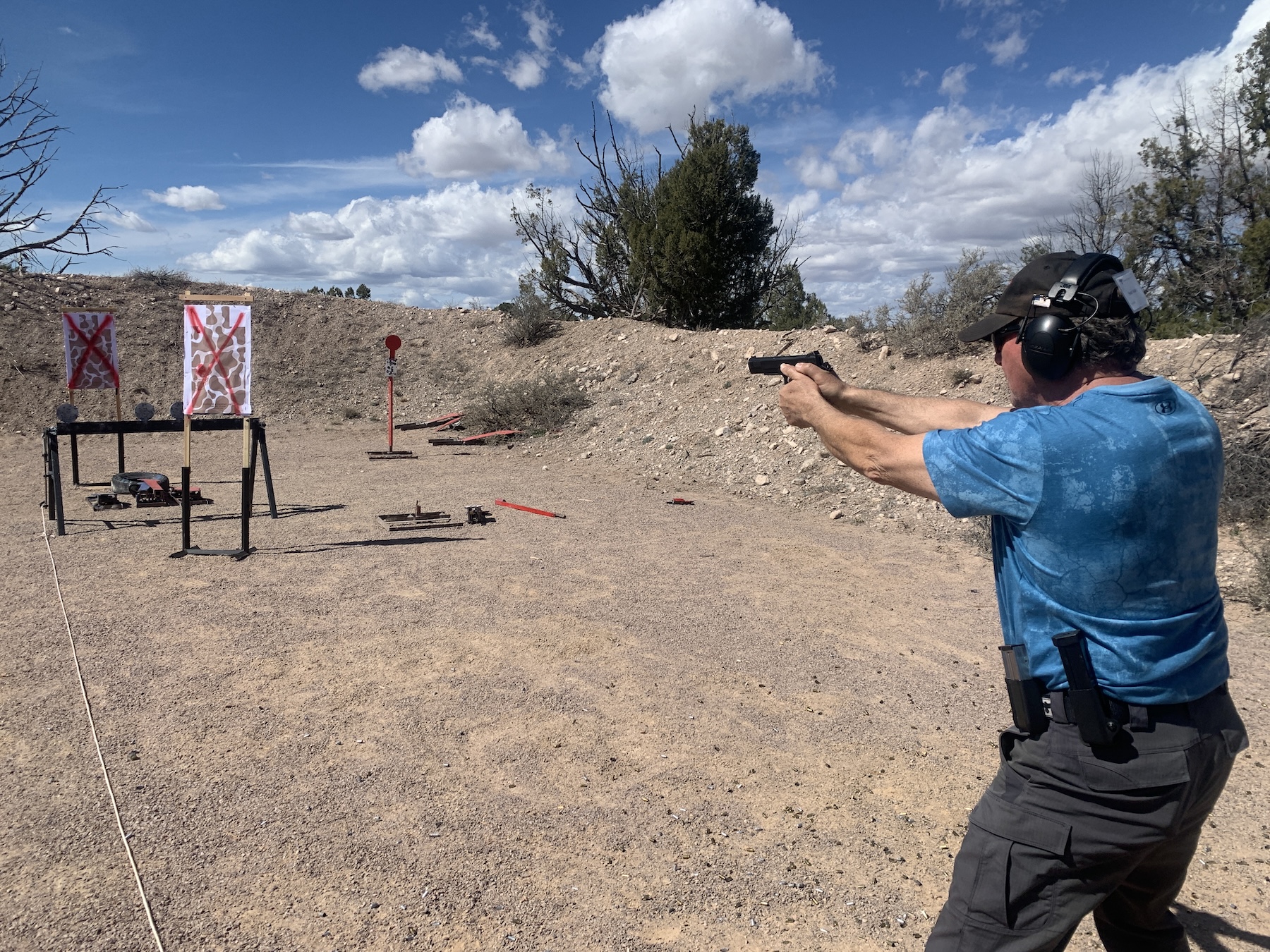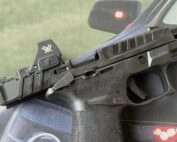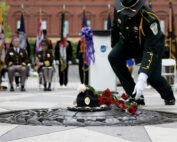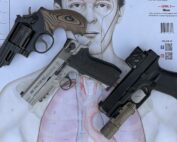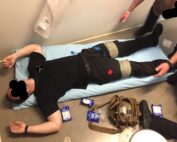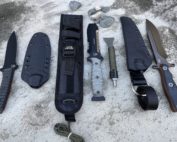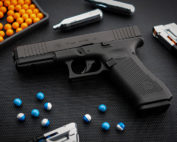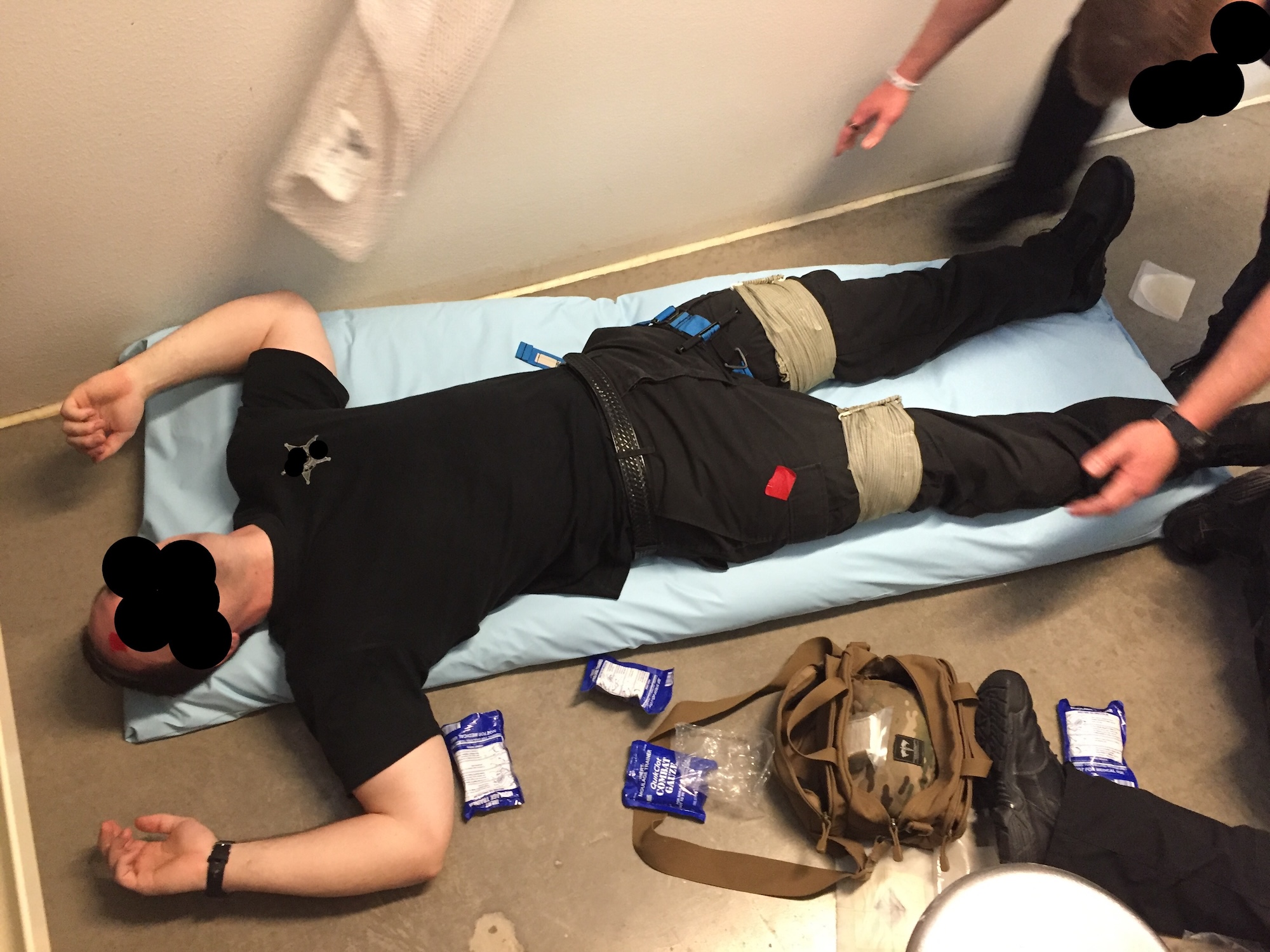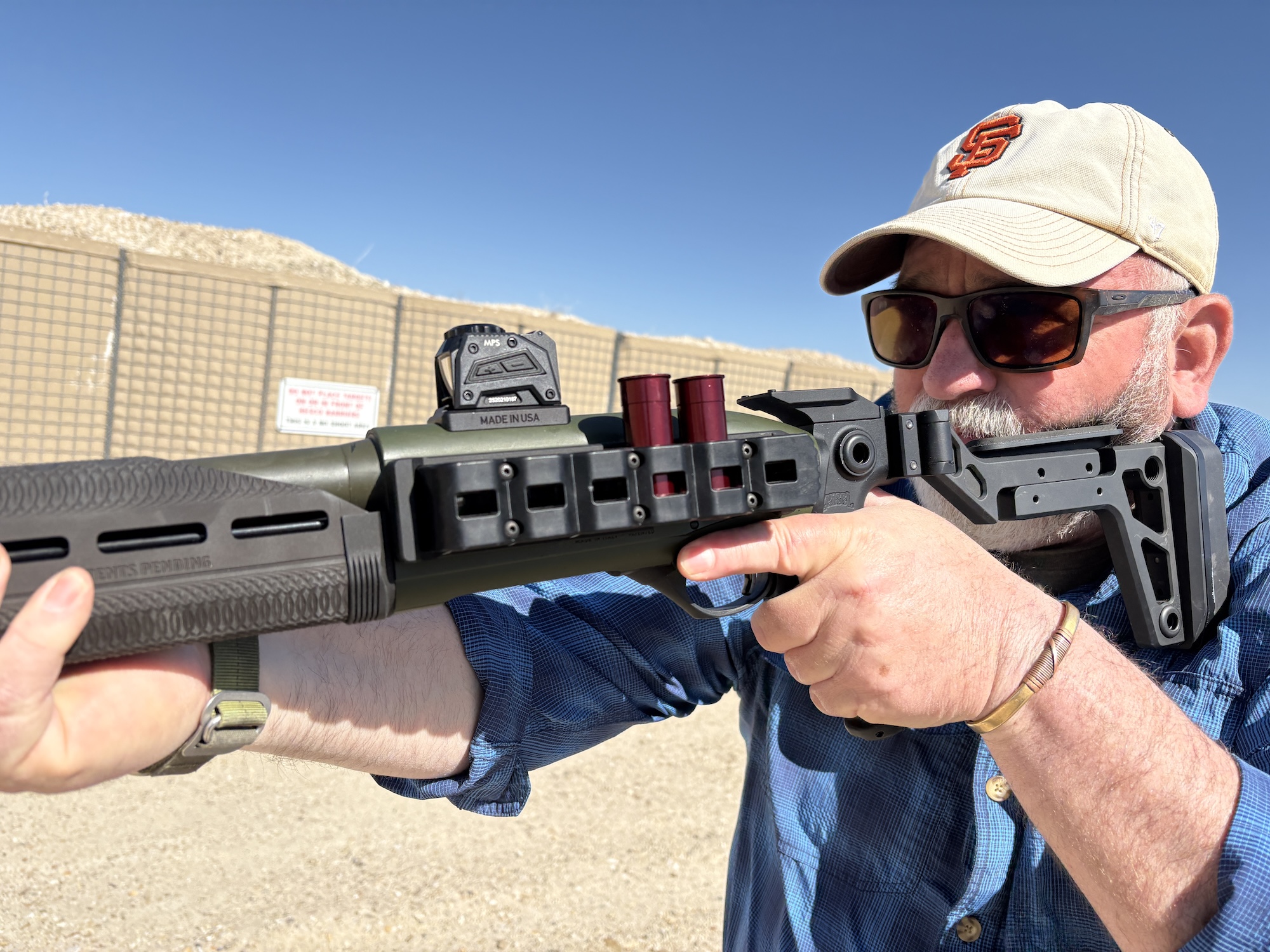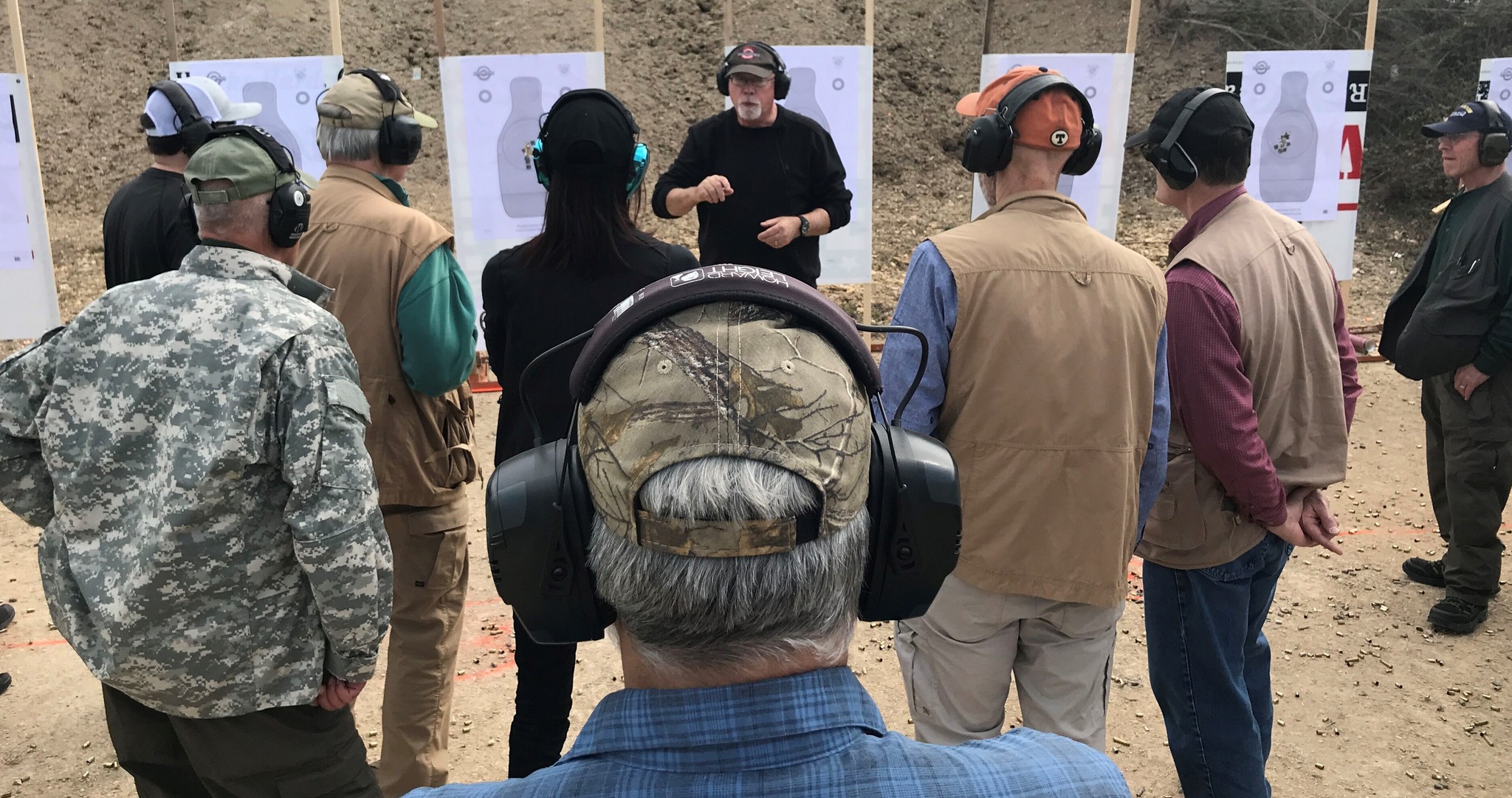
feature2024-08-12 at 9.43.43 PM
Every so often, the above image is posted on social media. The diagram of a two-engine military aircraft purportedly shows the areas damaged by air-to-air gunfire or fragmentation from air-bursting anti-aircraft projectiles. There is a write-up with the image discussing how – initially – the belief was that the damaged parts of the aircraft needed more and better armor. Then, someone noticed that if – even with the documented damage, regardless of how significant – those aircraft still made it back, then – maybe – they needed to concentrate on the other areas. Why? If they hadn’t seen aircraft coming back with those areas damaged, maybe when those areas were damaged, it would have led to the loss of the aircraft.
Discussions
This came into my mind when I read a recent discussion on social media about law enforcement firearms training. The original poster mentioned that because very few people were shot and few officers were prosecuted, we did not need judgment and decision-making training. The author believed that administrators were driving this component of training.

Two uniformed officers dealing with an armed suspect with a very crowded background. The backstop here requires a lot of judgment (screen capture from a NYPD replaced video).
Well, they are. But if they are driving it, then they are doing it because of case law. Yes, there are legal mandates from courts for what we need to address in training. Three of the cases regularly referenced for this are:
Popow v. Margate, Tuttle v. OKCPD, and Zuchel v. Denver.
To combine the training requirements that came from those, various Federal Circuit Courts have said that we need to train in these areas:
- Decision Making
- Low Light
- Multiple Suspects
- Moving shooters & targets
- Residential Areas

When shooting at a wanted felon, officers hit an uninvolved gentleman down the street sitting in his car.
Those rulings have been upheld and reaffirmed. Additionally, the Courts have repeatedly discussed the need to actually train rather than shoot a qualification course.
Practical Shooting
We are living in a really good time in terms of competently presented, quality defensive firearms training. The number of good trainers out there is undisputed.
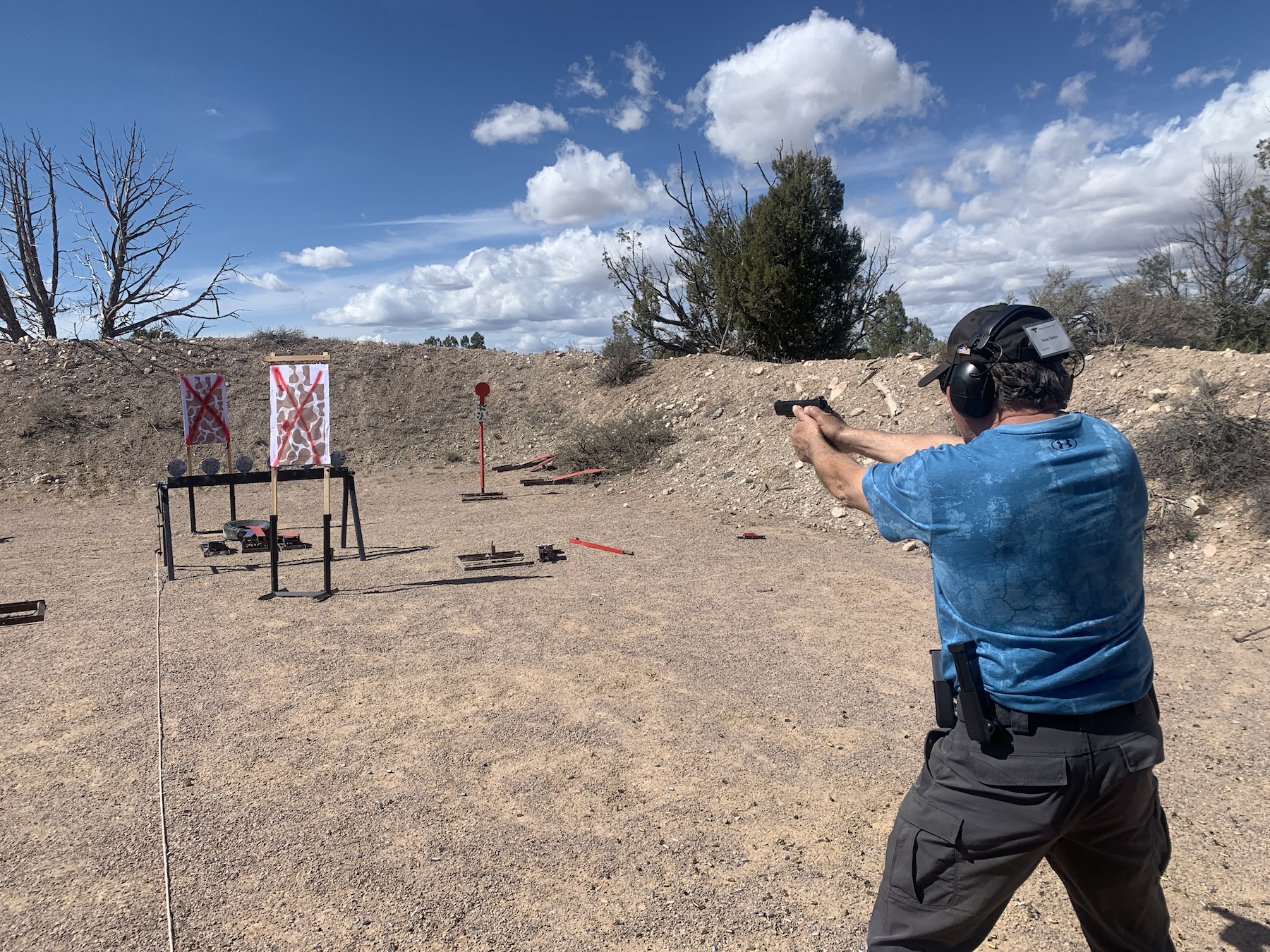
Working a plate rack with No-Shoots up and down range. This modification happens after the plate rack has been run for time – without any No Shoots involved.
There has been an influx of shooters with a competitive background, mostly from USPSA but some from IDPA as well. These trainers have put a much greater emphasis on metrics and data gathering. That data includes scores and times. We can measure and record performance much more broadly than before.

Continuing to shoot the plate rock while adjusting his position to clear his background and foreground. At least one plate is down now.
That is good. However, there may be some adverse side effects. I can measure the time involved with a shot timer, record it with my smartphone, and then share it on social media. Someone else can then try to equal or surpass my time while repeating the cycle. As long as you, I, or that other shooter knows the “Why” behind what is being done, then it is worthwhile.
DVC
The motto of the International Practical Shooting Confederation (IPSC), the parent organization of USPSA, is Deligentia, Vis, Celeritas, or Accuracy, Power, Speed. The shot needs to go where it is intended to go, with enough force to be effective, and it has to be done quickly enough to matter.
Regarding performance shooting, there are debates about the order in which that should be done. Many argue for getting students to shoot fast before addressing the accuracy part of the equation. As I write this, I’m assisting with a week-long handgun class for armed teachers and school resource officers. Day #1’s emphasis has been on accuracy. Our goal is for them to stay in X ring within 7 yards. Once that’s accomplished, we will introduce speed.
If it comes to it, what kind of shooting do you want done around your loved ones?
The Justice System
We are in an extremely litigious era. For decades, we only had to worry about a lawsuit. Most of the information we were told about them has proven to be wrong – you can’t keep from being sued, you can’t keep from losing, and sadly, because of how these cases are being presented and handled, you can’t even keep from being made to look stupid.
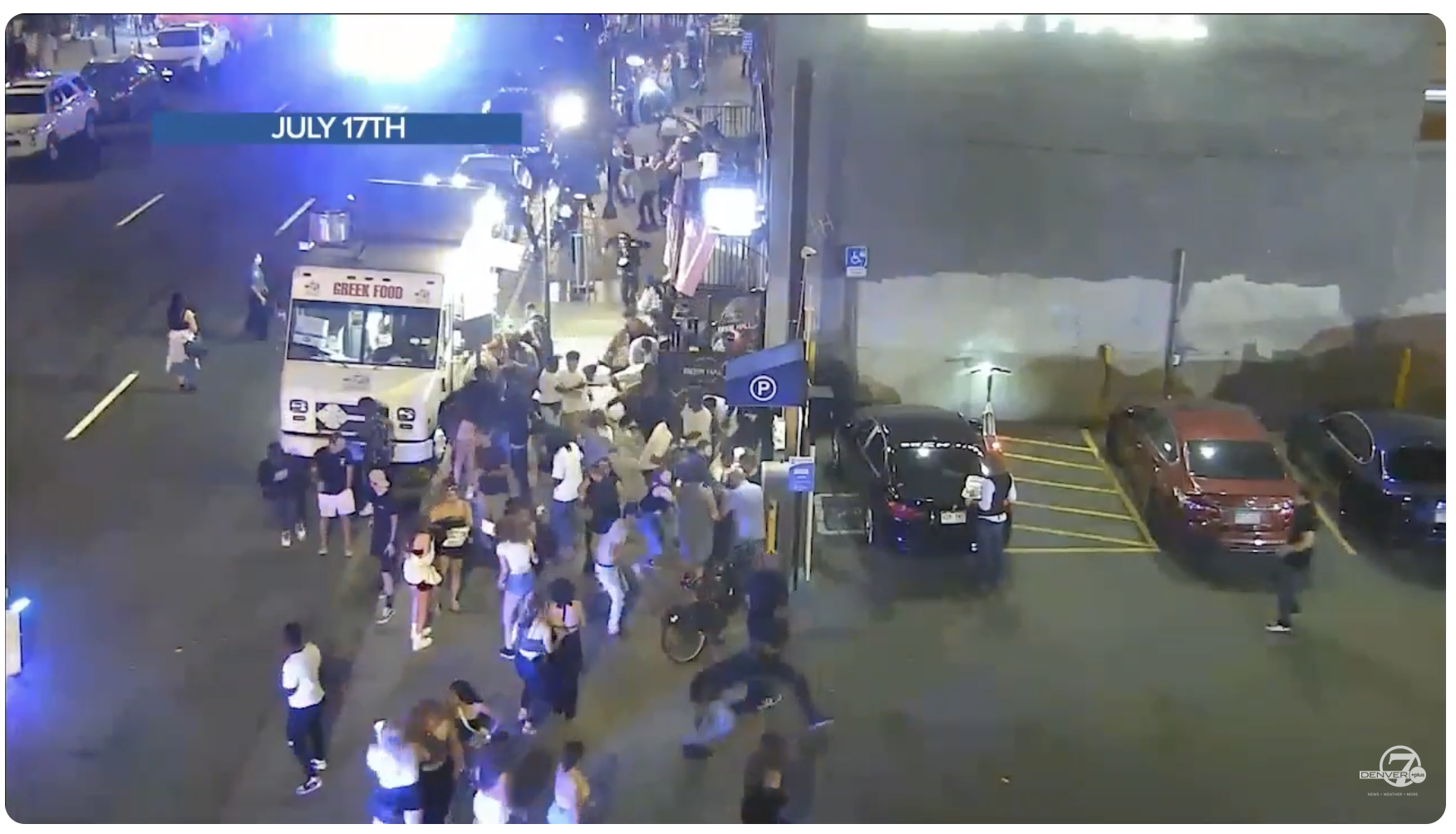
Surveillance camera footage of an armed assault suspect in a crowd – before an officer-involved shooting that injured six bystanders (screen capture of Denver 7 news footage using video from Denver PD).
More importantly, there has been an increasing likelihood of prosecution at the state and federal levels. And if you have not noticed, some prosecutors are reaching back in time and resurrecting cases. They are now filing on cases that their predecessors determined were reasonable.
Whether a case is criminal or civil, officers are no longer receiving the benefit of the doubt like they used to.

BWC footage showing the background just before a Denver PD OIS (screen capture of Denver 7 news footage using video from Denver PD).
Going back to that social media discussion on the idea of doing away with, or at least greatly reducing, judgmental or decision-making training. Respectfully, I disagree with that individual – and I’ll apologize as I cannot recall who they are.
They believe we don’t need to emphasize decision-making and judgment work because we are successful at it. I’ll argue the opposite — our successes are because we are following the mandates of the courts and training on those skills. The successes we are seeing have their foundations in the training.
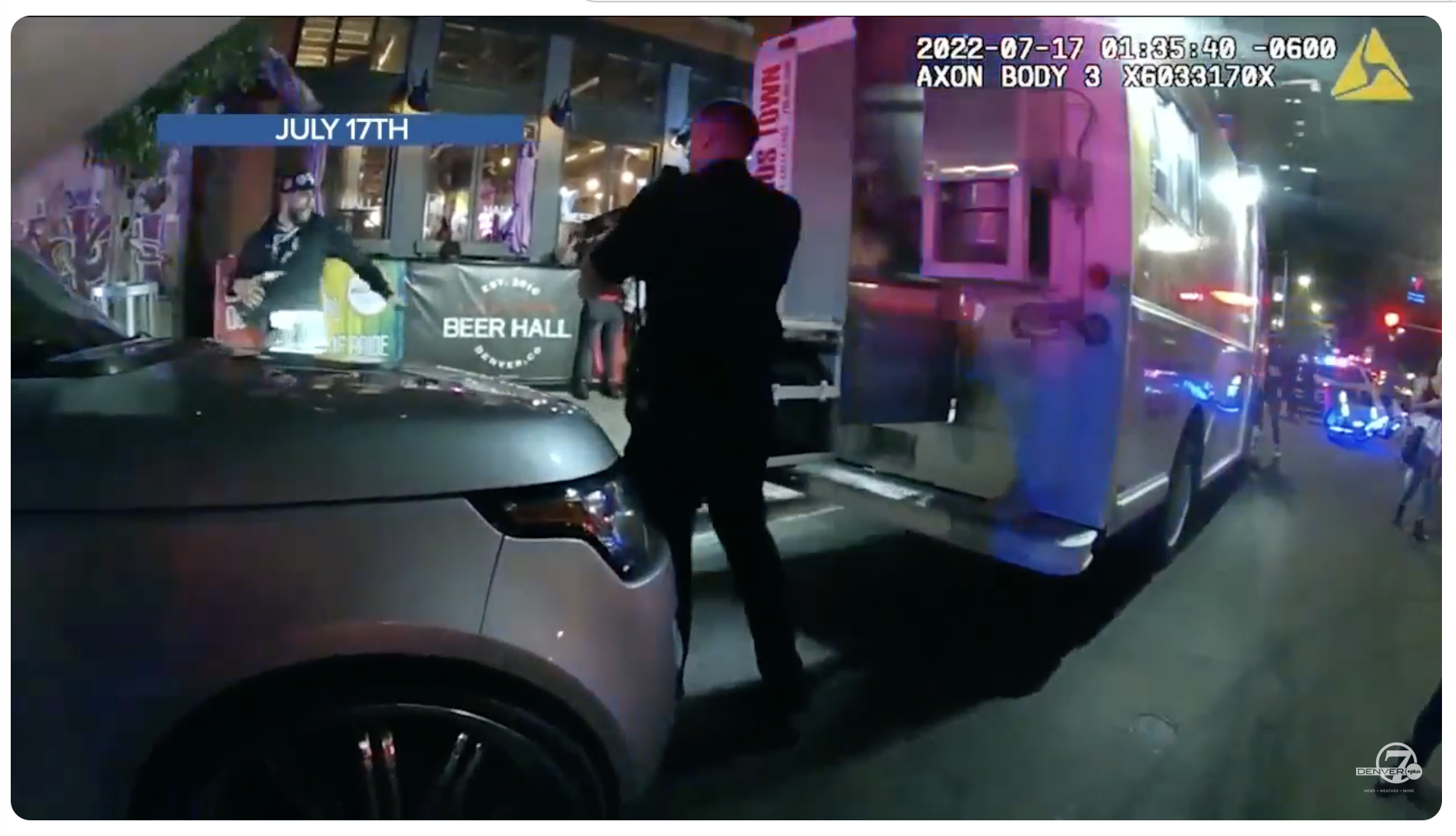
The instant before officers began shooting (screen capture of Denver 7 news footage using video from Denver PD).
This training is why we are doing it well.
Rules 2 & 4
It is worth revisiting these rules. Running muzzles across those who cannot be shot is problematic, and it can’t be addressed well in an action pistol match, regardless of the type.

From a regional match earlier in the year – at least there are some No Shoots with the open hands on those targets.
Furthermore, the penalties for shooting a no-shoot are not nearly substantial enough for the impact these would have off the square range. Web searches return multiple examples of bystanders unintentionally shot by officers.
Final Thoughts
Please do not take these concerns as knock-on competition. They are not. Already this year, I have shot several local matches along with state and regional championships.
While working toward performance shooting, please continue to include threat discrimination and keep up the success in that area. Also, work on being aware of the hazards between you and the target, as well as those beyond the BadGuy.
Like those who identified the significant issue with those damaged WWII aircraft, we must cover those areas we are mandated to address. While doing that, please pay attention to what we can bring to our training from performance shooting. Then, apply all of it to our current encounters.


 (+5 rating, 5 votes)
(+5 rating, 5 votes)